Losing hair after having a baby, otherwise known as postpartum telogen effluvium, is something new parents go through. It’s all because of the big hormone changes that happen after you give birth. While you’re pregnant, you’ve got more oestrogen floating around, which makes your hair grow more and not fall out as much, giving you that great pregnancy hair. But after the baby comes, those hormone levels drop, and suddenly a lot of hair starts to shed.
So, when does this all start? Usually, about three to four months after you have your baby. It might be a bit different for everyone, but essentially your body is trying get back to how it was before you were pregnant. And when does it stop? Don’t worry, this isn’t forever. Most of the time, your hair will get back to how it was by the time your baby’s blowing out their first birthday candle.
How Red Light Therapy Works for Hair Growth
When the red and near-infrared light produced by red light therapy are absorbed by the cells in the hair follicles, the light stimulates the mitochondria of the cells. This then induces an increased production of adenosine triphosphate, the energy of the cells. This surge in ATP helps cells function at optimal rates and kick-starts a series of metabolic processes that help hair follicles shift from their dormant phase into an active growth phase. The process accelerates hair regrowth and reduces the amount of shedding, addressing two of the most crucial issues in postpartum hair loss. The health of hair follicles is heavily dependent on adequate blood circulation, which delivers the nutrients and oxygen hair needs to grow.
Red light therapy helps promote this through its ability to dilate blood vessels, allowing for better blood flow by increasing the relative volume of blood that circulates the body at a given point in time. Additionally, the treatment also promotes angiogenesis, or the formation of new capillaries - a capability that ultimately optimises the capacity of blood that is able to travel. These enhancements ensure that the hair follicles receive an adequate supply of essential nutrients like vitamins, minerals, and amino acids necessary for keratin production, the primary structural component of hair.
Benefits of Red Light Therapy for Postpartum Hair Loss
Red light therapy is a safe and hassle-free way to address hair loss. It’s gentle, non-invasive, and doesn’t come with nasty side effects, making it a perfect match for the postpartum period. Plus, using red light devices at home, like hair growth helmets, means you can treat your hair without adding another appointment to your already packed schedule. With regular use, new mothers not only stimulate regrowth, but also better scalp health and prevention of future episodes of significant hair loss.
Personal Stories and Experiences
I was intrigued by this article, and I decided to give red light therapy a try. I purchased the Bontanny red light therapy device and it helped my hair grow. It has LED lights that emit red and near-infrared light on the scalp. It is easy to use and convenient to fit into my busy schedule as a new mom. I just have to wear it for 15 minutes every other day, and let the light do its magic. After using the red light therapy cap for 3 months, I noticed a significant difference in my hair.
My hair stopped falling out as much as before, and I saw new hairs growing on my scalp. My hair became thicker, fuller, and stronger. My bald patches were filled with new hairs, and my hairline was restored. My hair also looked shinier and healthier than ever. I was amazed by the results of red light therapy. It was the best thing that ever happened to my hair. It not only helped me with my postpartum hair loss, but also boosted my hair growth naturally.
View our products:

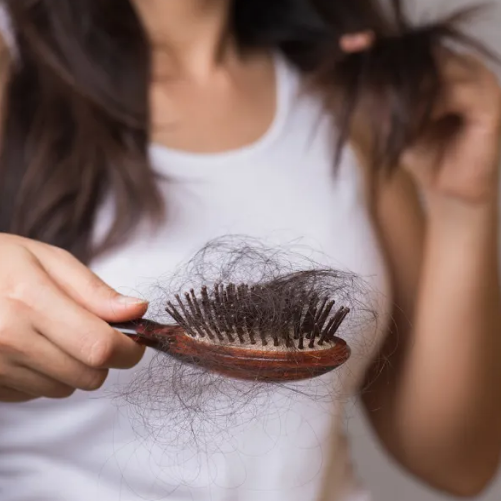
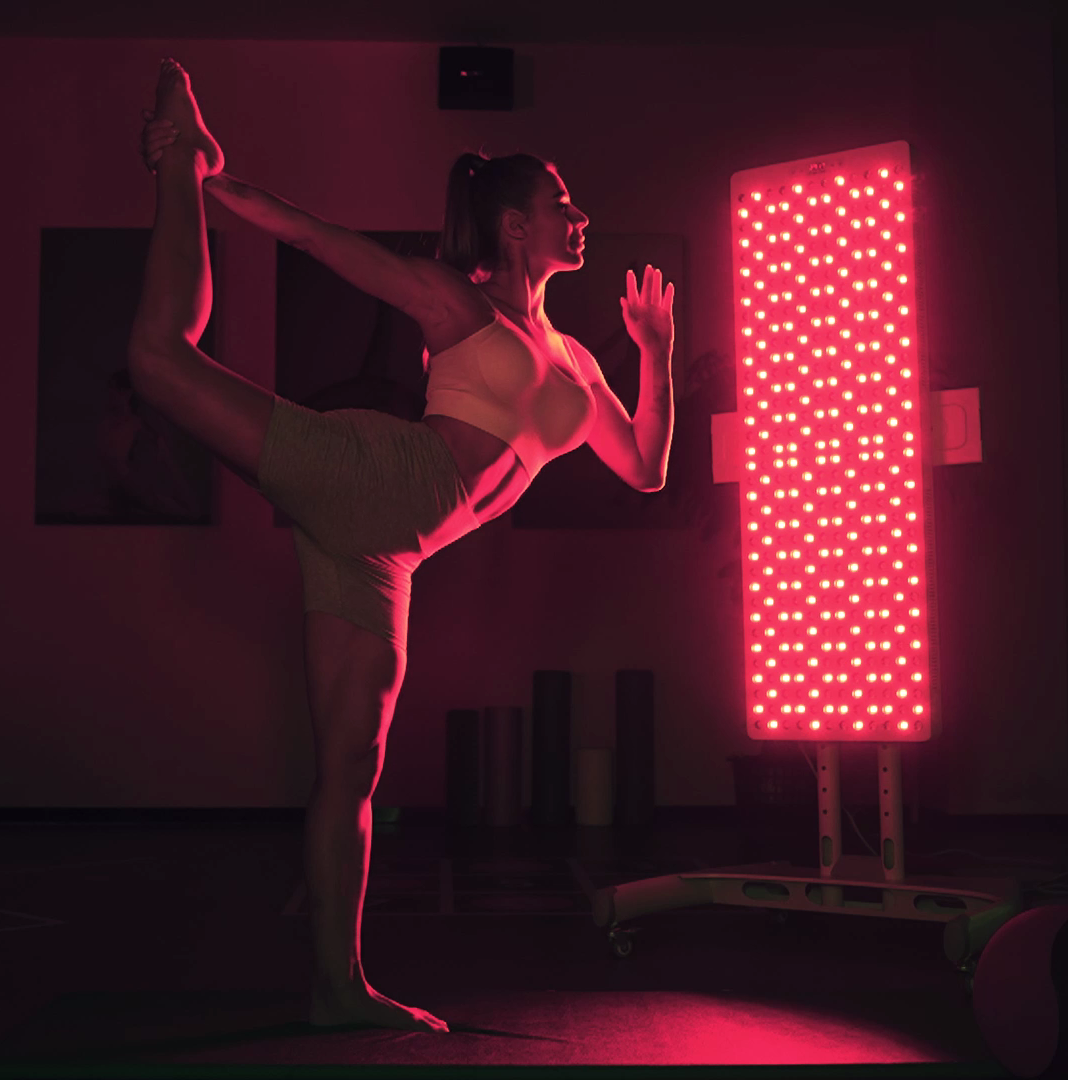
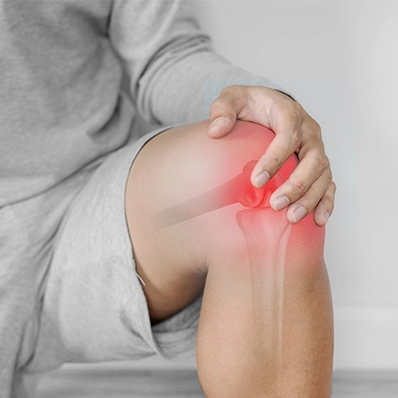
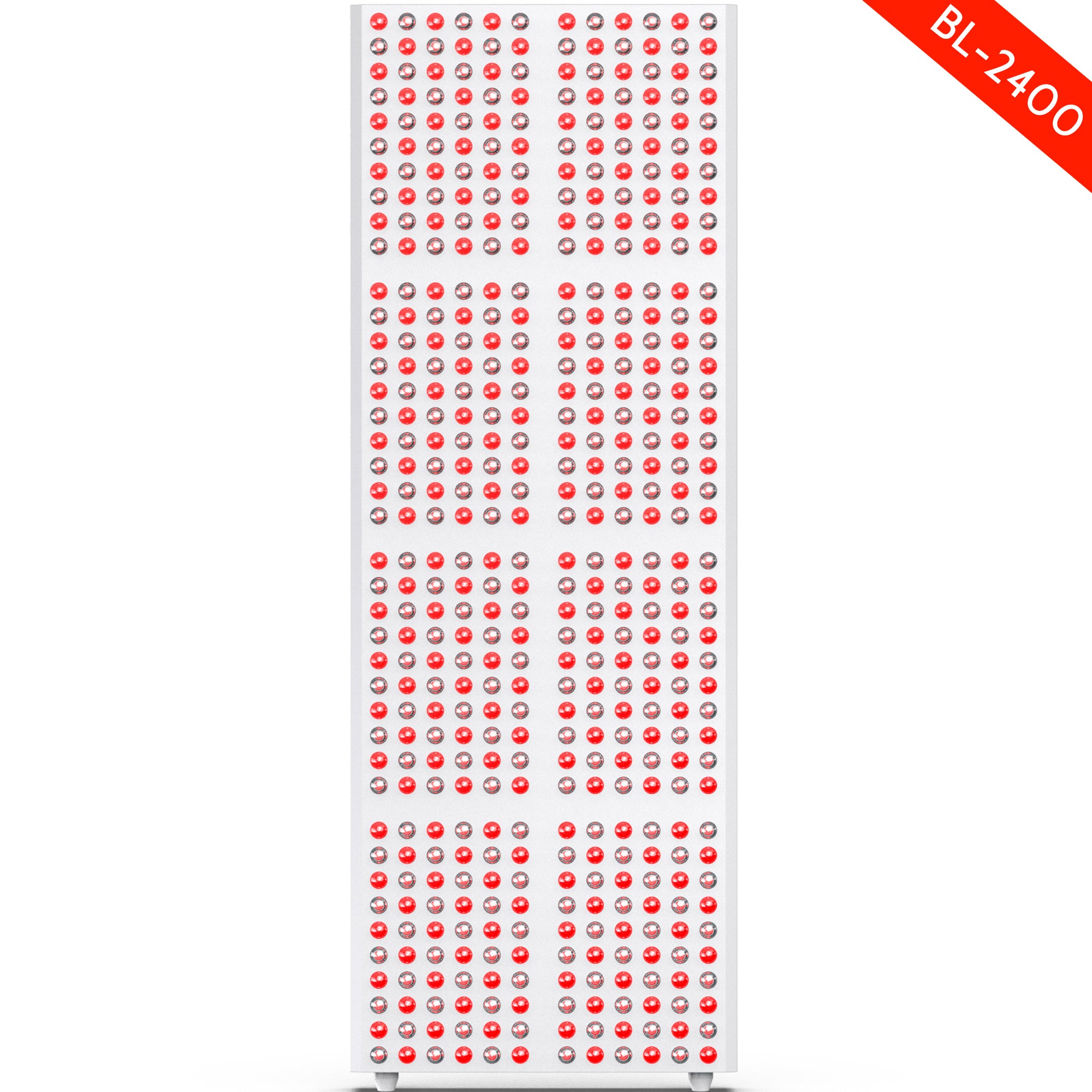
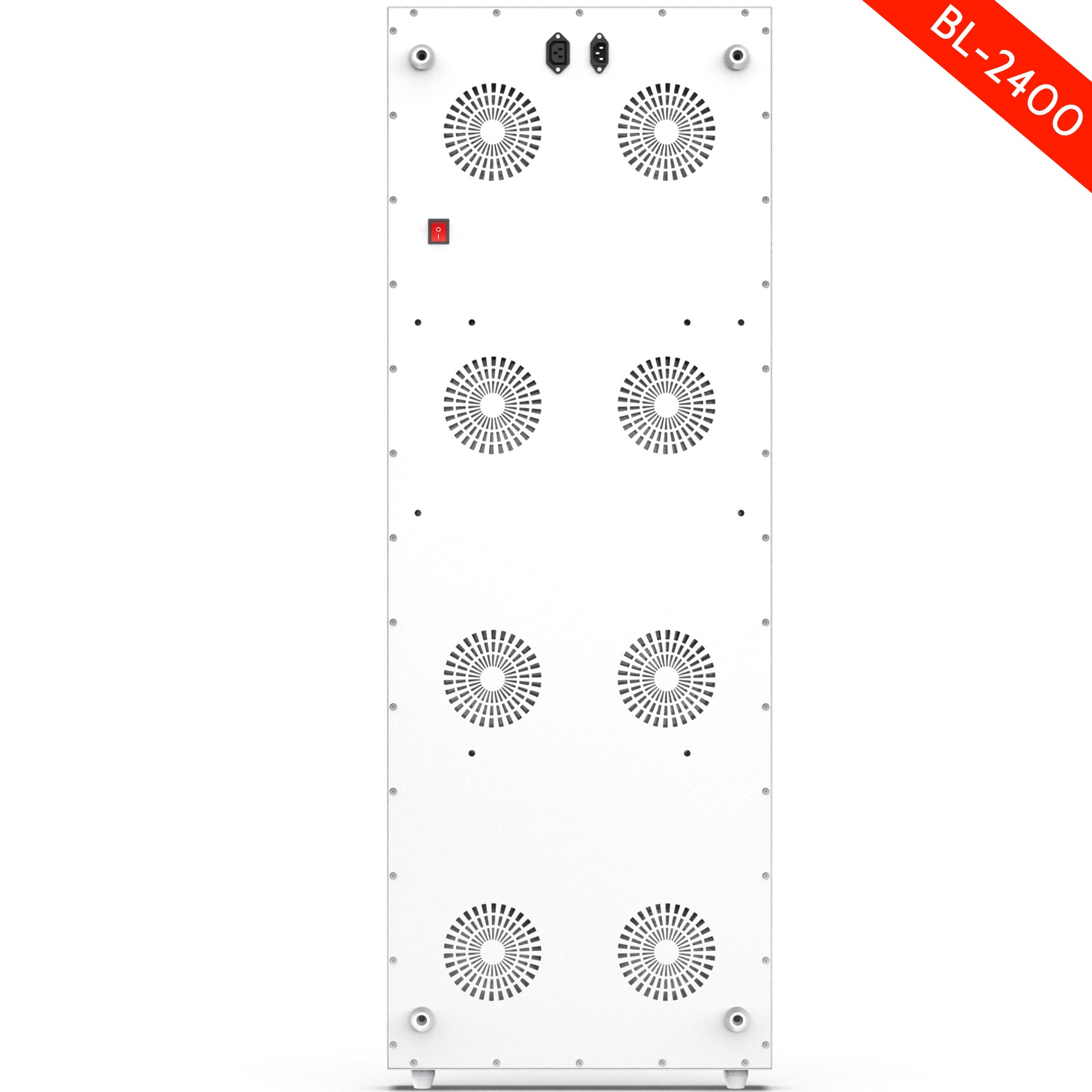
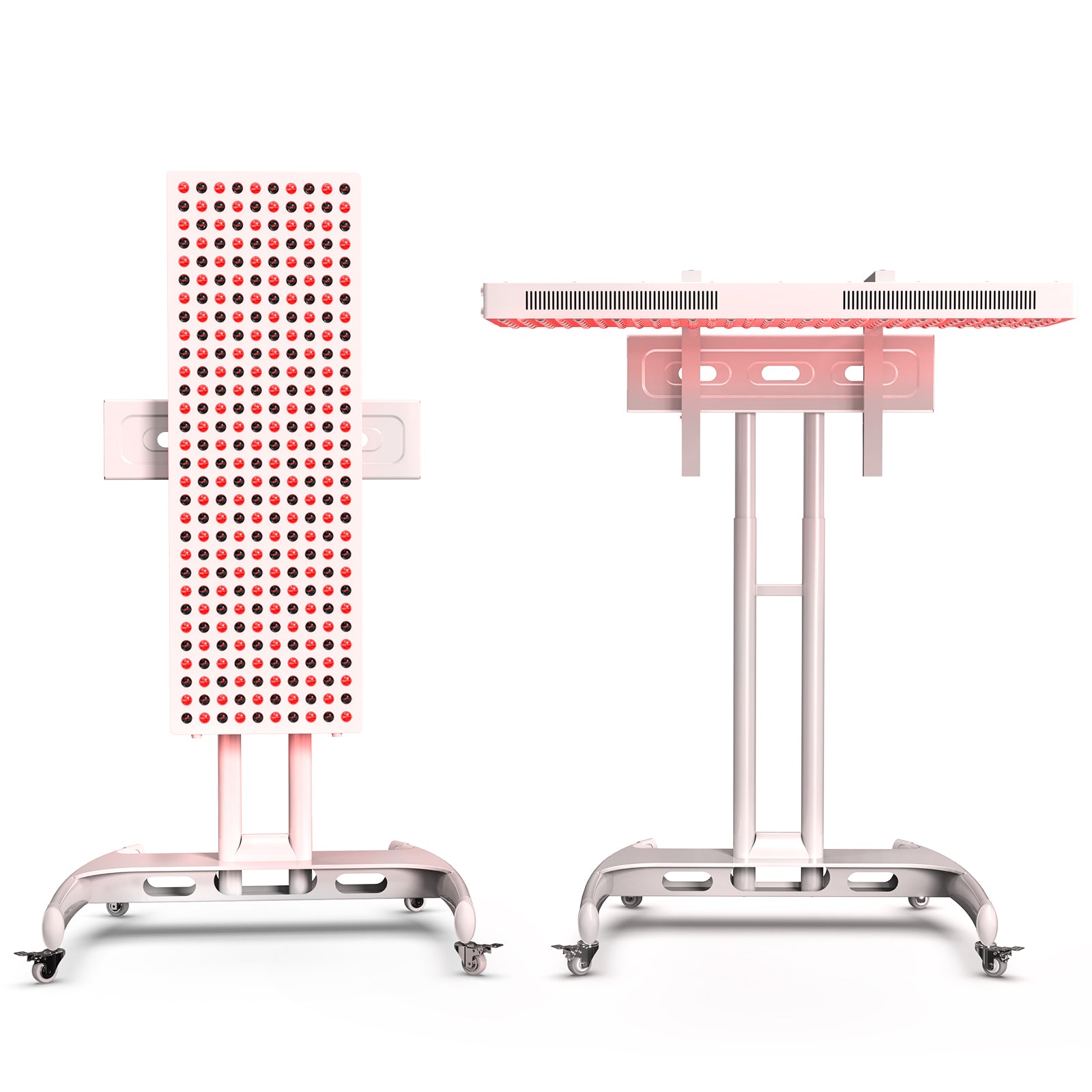
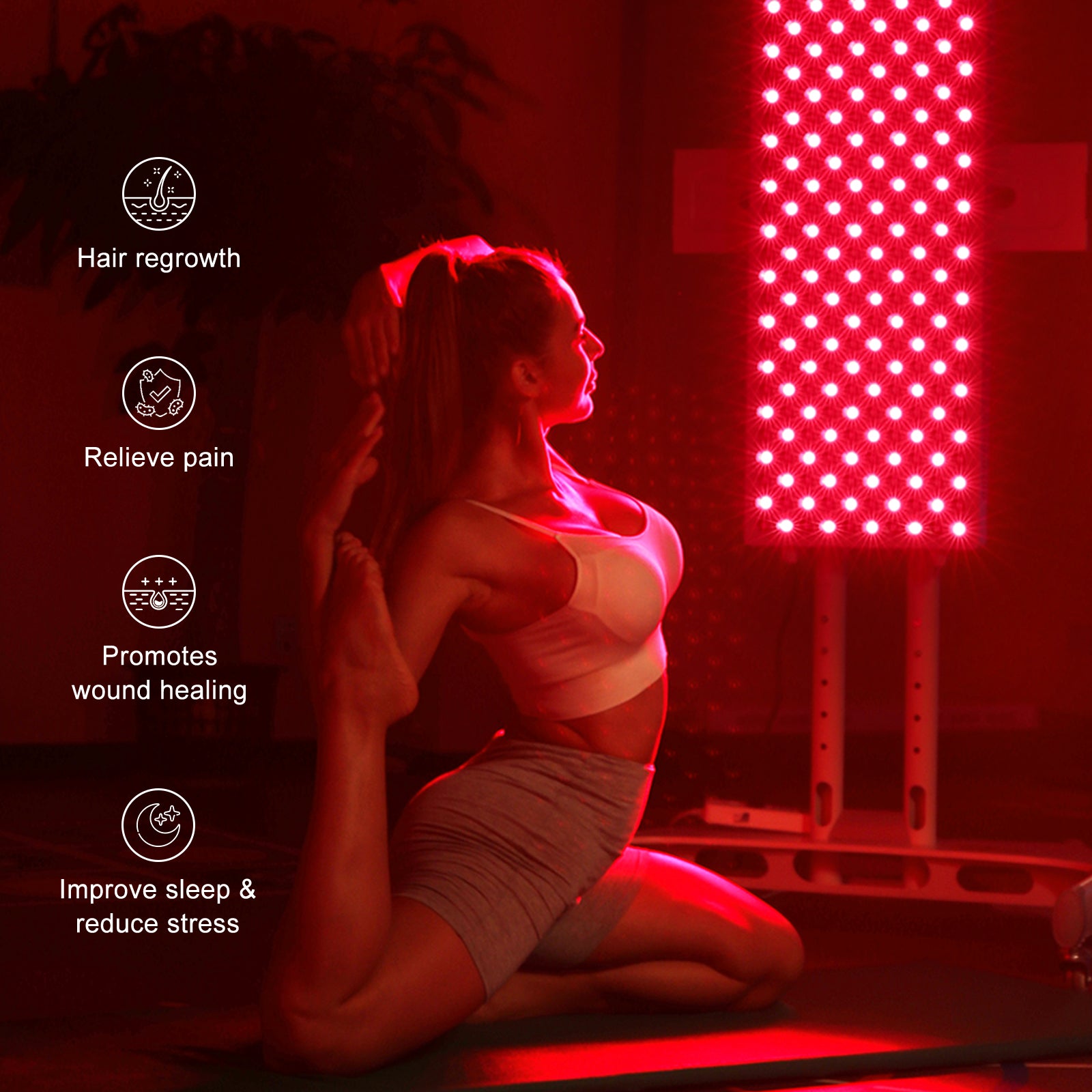
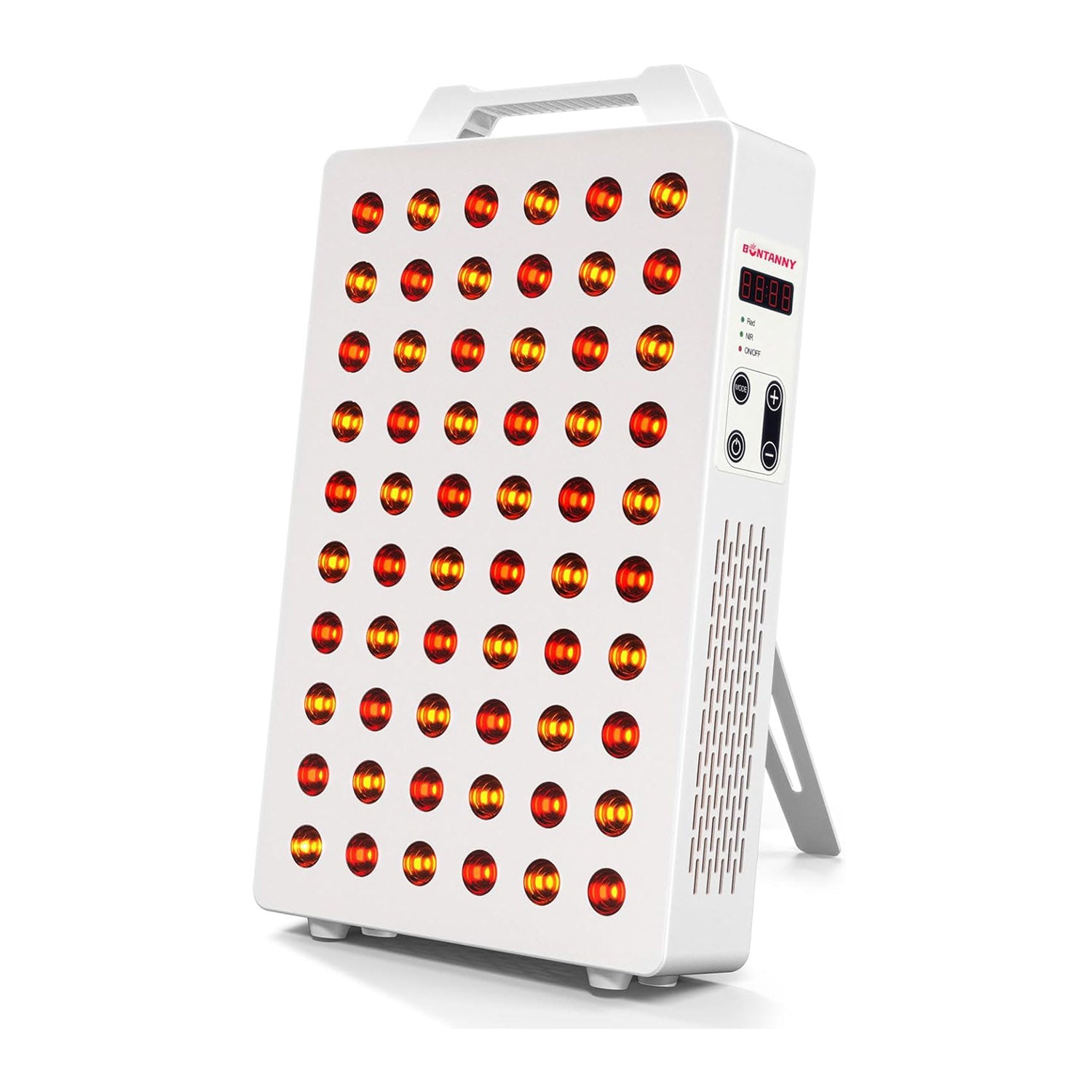
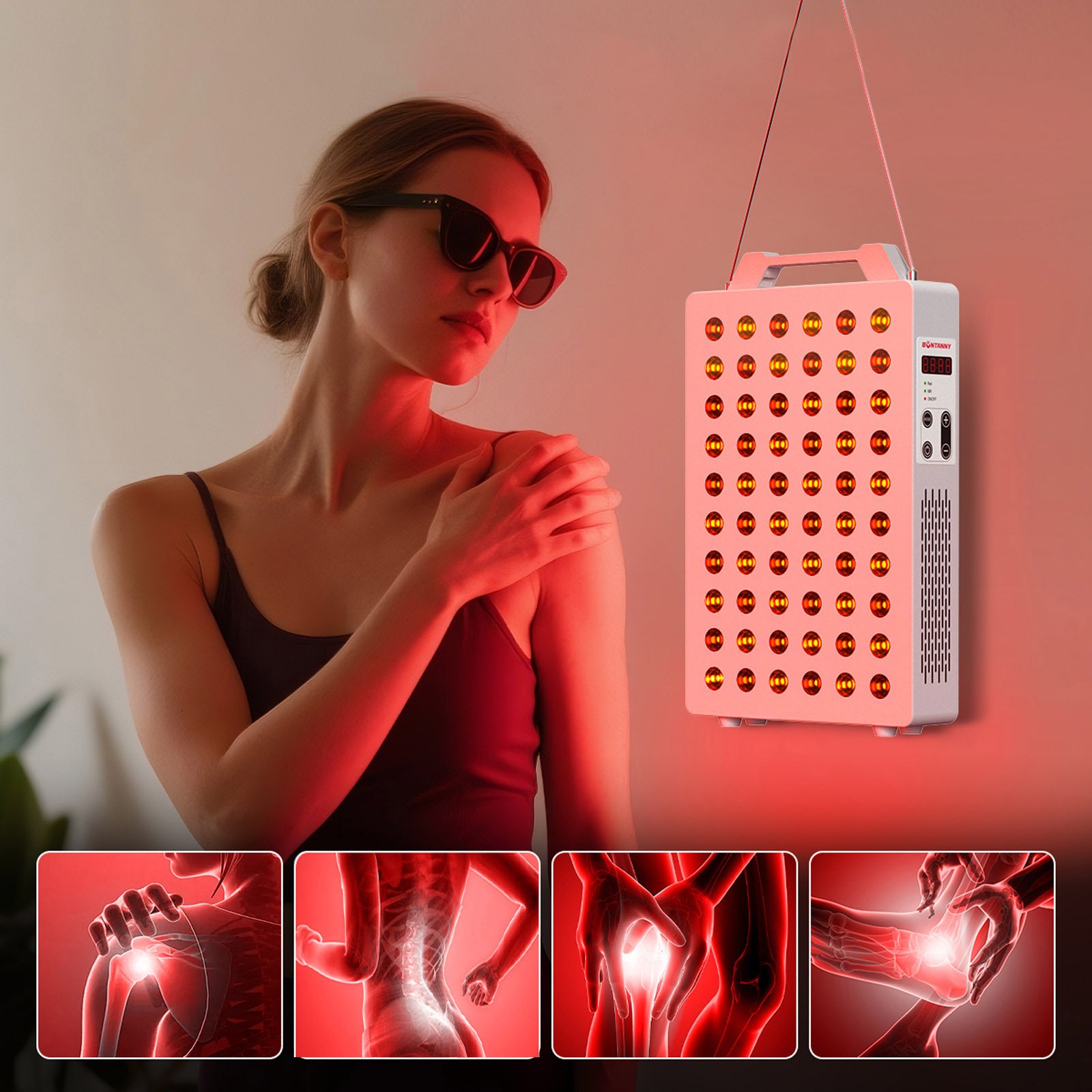
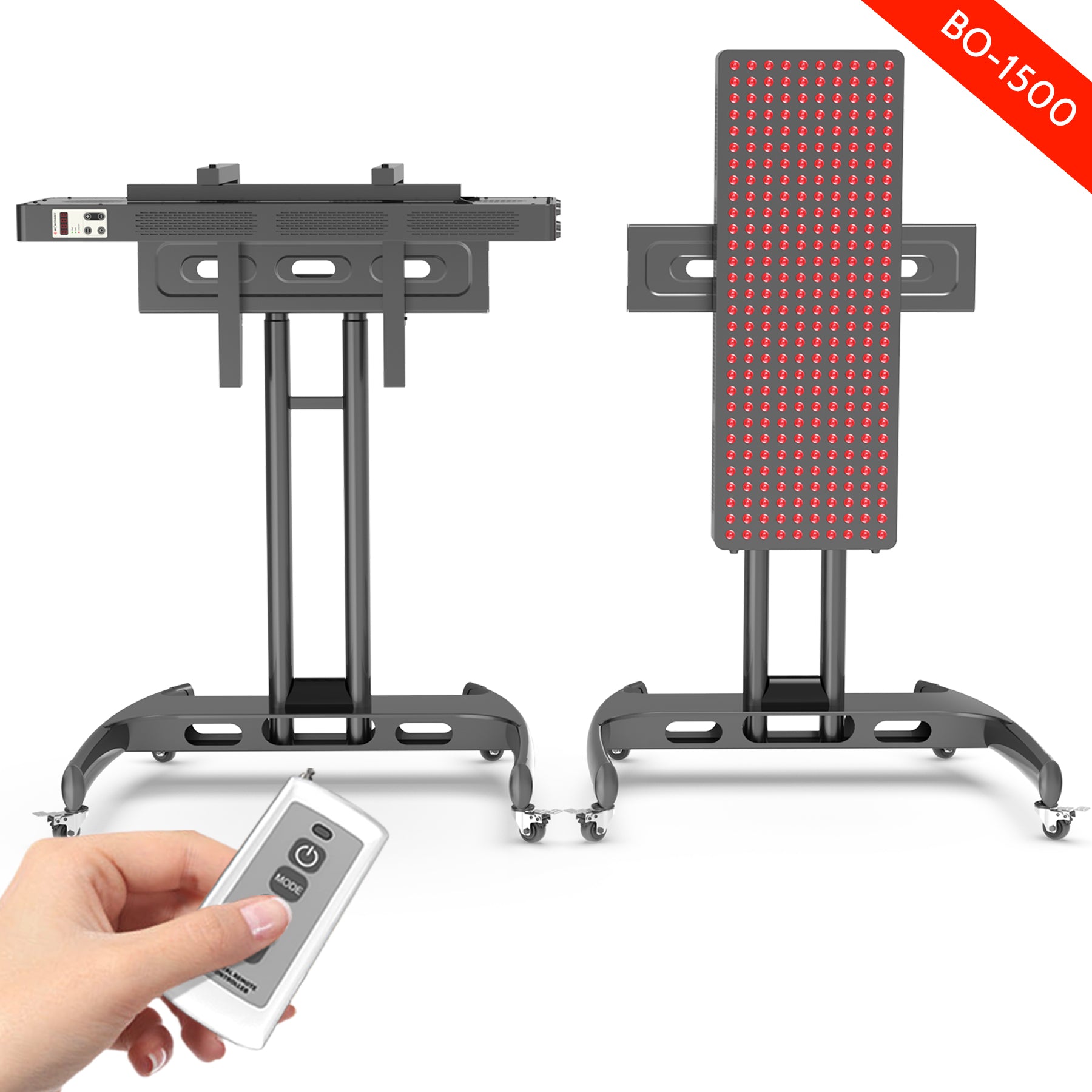
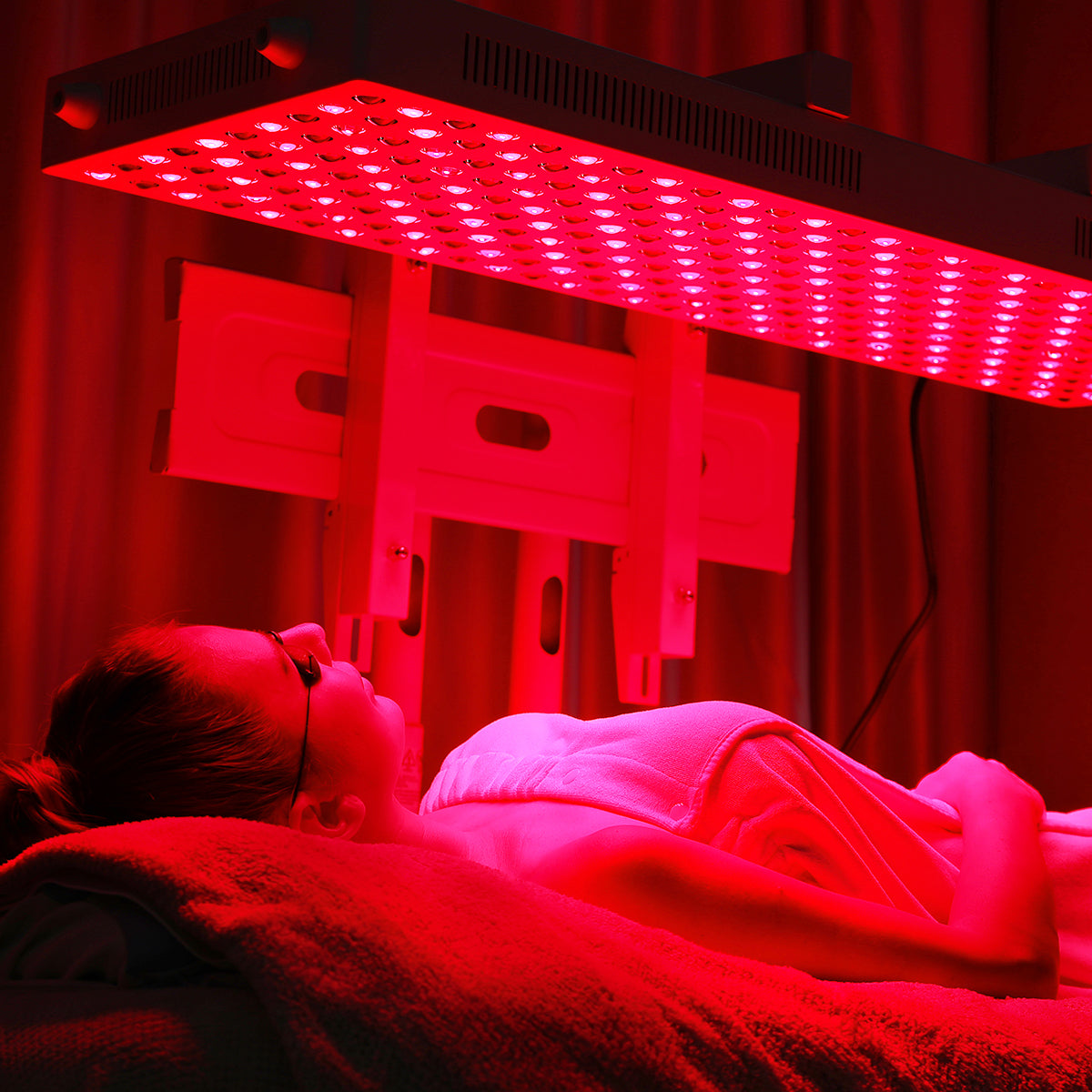
Leave a comment
This site is protected by hCaptcha and the hCaptcha Privacy Policy and Terms of Service apply.